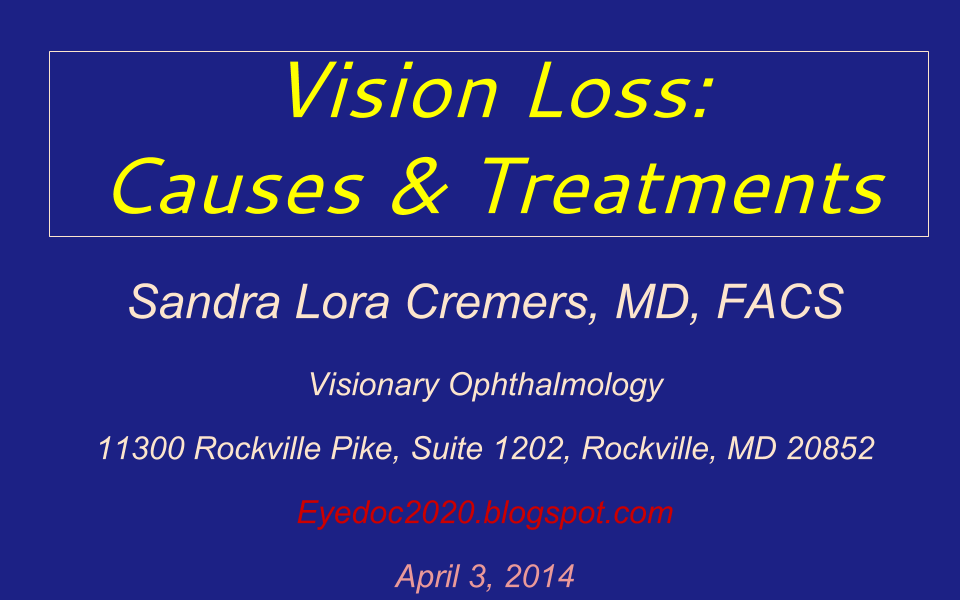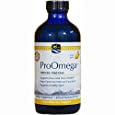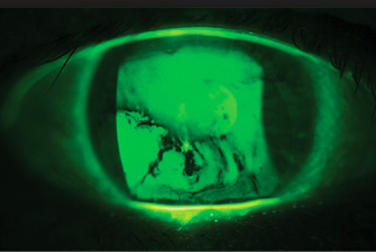Best Acne Scars Treatments in the World: research and options 2014
Acne scars can be a real concern. Below are the best treatments in the world. At least there is now great options. Growing up, I saw so many teens that had no options but to suffer through scarred faces. Summary of steps: Step 1: 1. See a board certified dermatologist with good pedigree: went to […]
Best Acne Scars Treatments in the World: research and options 2014 Read More »



